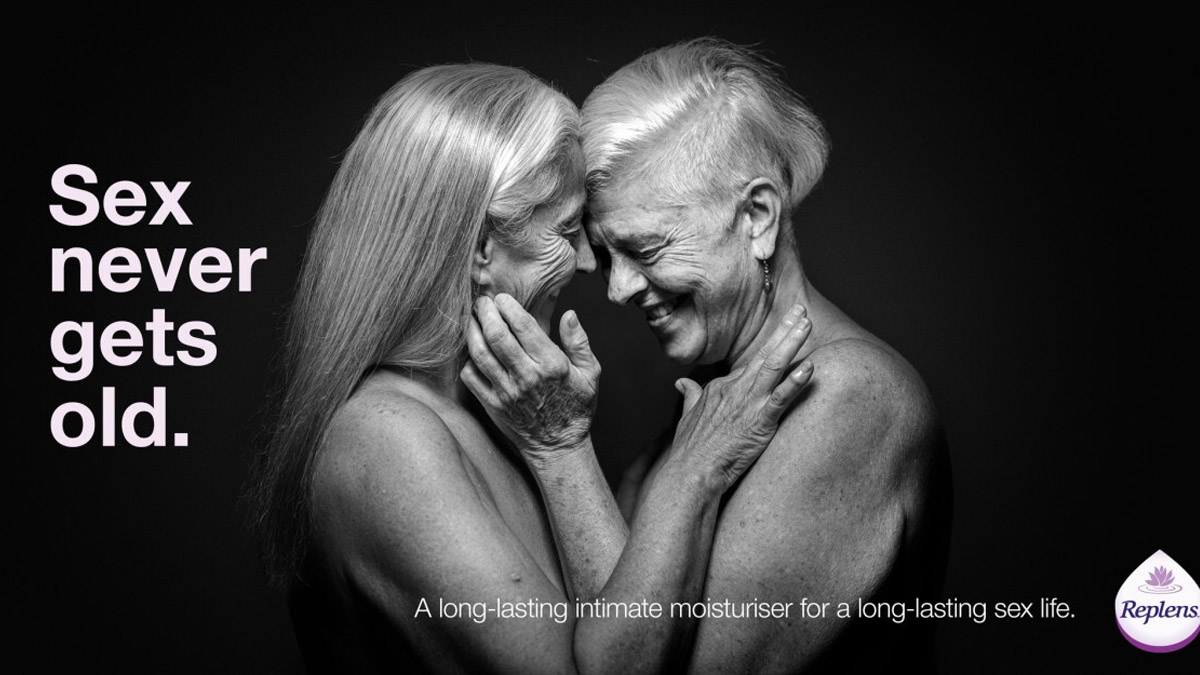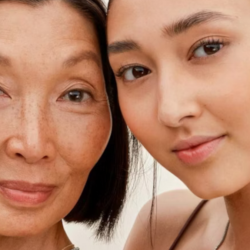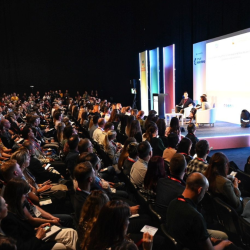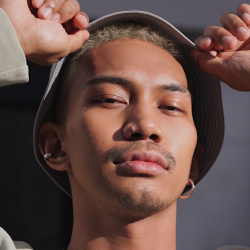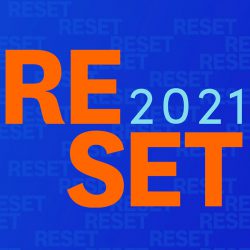As we start this new chapter into winter, the ‘old age’ part of the year, and as I pass into my 40s, I’ve started to think about how we view age in the media industry. Not only the role it plays in wider discussions around diversity and inclusion, but how this could impact the way age is still portrayed in the work produced for clients.
Let’s face it, our industry is one of the new and of the young. Internally the vast majority of the workforce is under the age of 50 – according to the IPA Census 2019 44.8% of the employed base at IPA member agencies was aged 30 or under, while 6.3% were aged 50 or over. It’s the way it has been since I entered the media world at the age of 23. At the time, I wondered where all those over 40 were, and went. It seemed as though 40 was the marker for the end of your time in this neotenic industry. In fact, we’re an industry so obsessed with eternal youth that we exist in a perma-Neverland. The robes of our industry embody ‘childlike’. We dress differently to the corporate world, bouncing around in our playful crimson and electric blue plimsolls, we ‘colour in’ we have parties and drink punch. The language we use is playful, we bounce around on balls and bean bags, create ‘scamps’ and have ‘buddies’. All possible characters and set for a morning of Children’s TV.
Two paradoxes
But before I go further, we must remember that driven by improvements in life expectancy, and declining fertility, the UK’s population is ageing. According to government statistics, around one-fifth of the UK population (19%) was aged 65 or over in 2019. This is a 23% increase from 2009, and at a time when the whole UK population increased by mere 7%. What’s more, the older UK population is predicted to rise exponentially, with people aged 65 and over making up 24% of the population by 2043 (17.4 million people).
Jan Baars explains that hard stuck negative perceptions surrounding age have been exacerbated by the emergence of two paradoxes. First is “premature cultural senescing” in which individuals live longer but are called old at earlier ages; and secondly, the desire to stay young but grow older, which is the cultural creation of a huge anti-aging industry in medicine and in commercial products that promise to maintain youth. So, in a sense, we’re all speeding towards old age faster, and becoming out of date quicker.
This – and the fact that internal teams remain under 40 – is often reflected in the work that we produce externally. Outside of the agency walls and into society, the work portrays decaying stereotypes which stare out from the high street billboards. A focus on those above the age of 40, rarely goes beyond the occasional tokenistic greying model in a Dove ad, an 80-year-old model in The Guardian Weekend’s fashion spread or an M&S Christmas special with Helen Mirren.
Older people are seldom seen with anyone else but older people, blended rarely with younger people except when as the grandparent stereotype. Organisations set a call to action for 60-year-olds to plan their will with no thought that death might not be top of mind. And no other audience is referred to like the ‘Over Fifties’, as one giant clumsy brushstroke of those waiting out their days for the grim reaper’s scythe.
It would be fair to say that age is starting to be acknowledged, and discussed, as a component of diversity and inclusion. Internally we have schemes such as within WPP to bring returners back into work, as well as addressing the internal issues and perceptions surrounding age. This is vital. Research shows that putting older and young workers together helps both groups perform better. “They make good allies in part because of their similar interests, but because of their different stages of life, they are less competitive with each other than workers in the same age cohort might be. That means that they are more likely to help each other and to form good teams.” Externally, the recent outstanding Replens campaign, created by The Gate London and called “Sex never gets old” changed the way age is portrayed – and quite rightly received an accolade at Channel Four’s Diversity awards.
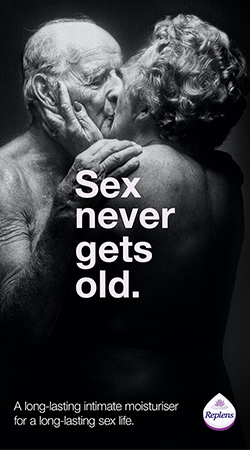
These are all promising signs from the industry, but there is so much more that can be done. Firstly, it’s time to entirely rethink our language when it comes to age. It should start with the out and out banning of the word term ‘Over Fifties’, just as we are casting aside the term ‘BAME’ across the industry. This is not one homogeneous pot of people and shouldn’t be treated that way. The report from the Centre for Better Ageing found that aging is associated with decline and ill-health, and older people are commonly portrayed as frail, vulnerable and dependent, with the top ten most frequently used words across society including ‘help’, ‘care’, ‘support’, ‘dementia’ and ‘the NHS’. The language we use around age is both contributing to and helping fuel the fire and we need to make a conscious effort to stop it.
Secondly, we need to stop provoking the ‘boomer vs millennial’ narrative, instead finding ways to blend a broad age range in media work and planning. For example, grandparents portrayed as part of the family unit in active roles, or cross generational friendships for example. Ages together, not as tokens or apart. In real life, people of all ages are together, and it’s that interhuman connection which needs to be brought to the fore.
And finally, we must look to real micro narratives for creating identities and criticize the macro narratives of aging. Those which reinforce negative stereotypes, as Jan Baars explains in Ageing and the Art of Living. Like any other segment, unpick their nuances and see them up close as real people. In the words of Phyllis McCormack ‘But inside this old carcass, a young girl still dwells. And now and again my battered heart swells, I remember the joy, I remember the pain, And I’m loving and living life over again. I think of the years all too few- gone too fast. And accept the stark fact that nothing can last. So, open your eyes, nurse, open and see. Not a crabbit old woman, look closer. See Me.’
We must fundamentally begin to change our attitudes towards age in the media industry – internally and externally. However, not just in quick wins but in fundamentally reversing the industry and society’s poor moral codes around age. Pushing to not just accept and represent older age but celebrate it. We are a highly visible industry with the power to not only hold a mirror up to society but to change and shape it and set new moral codes. And ensure that age is no longer the missing component of diversity and inclusion.
Featured image: Replens

















